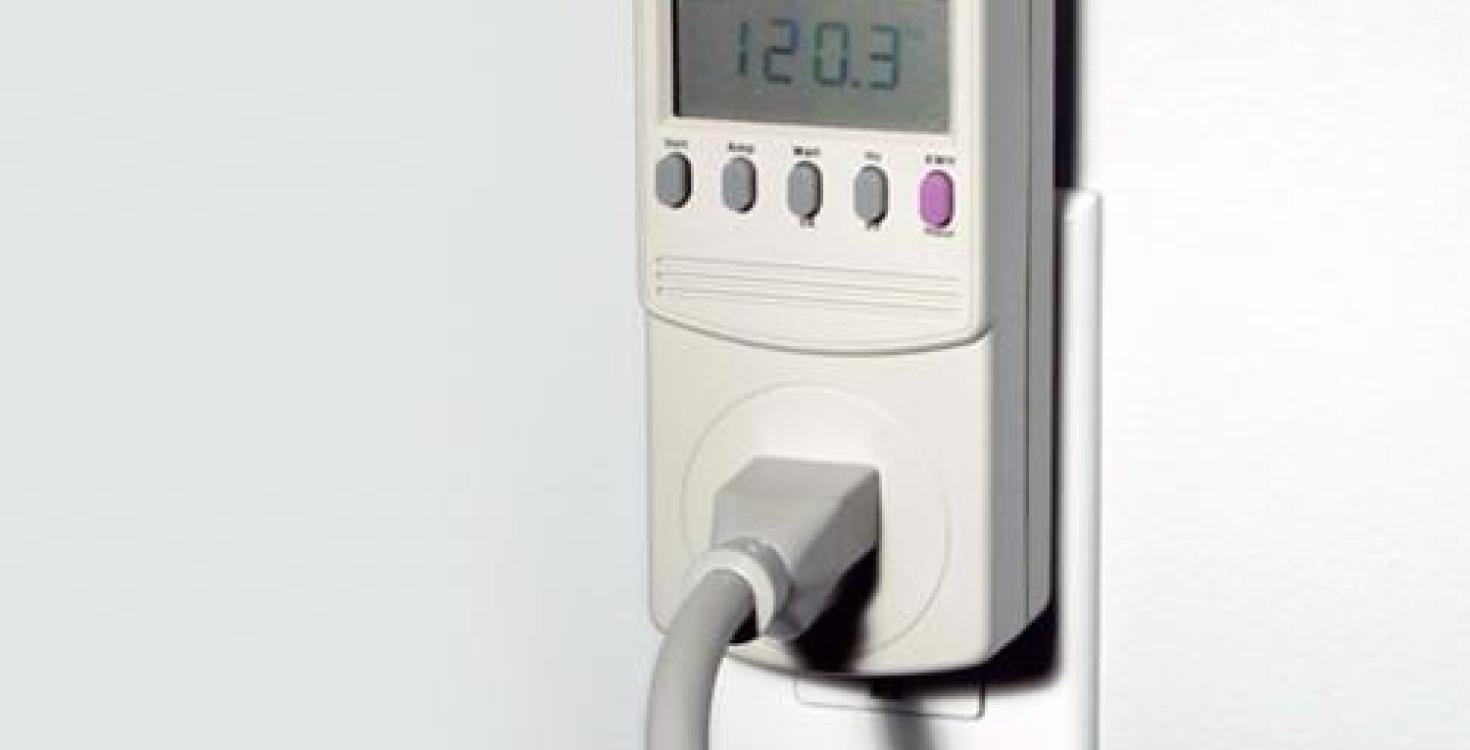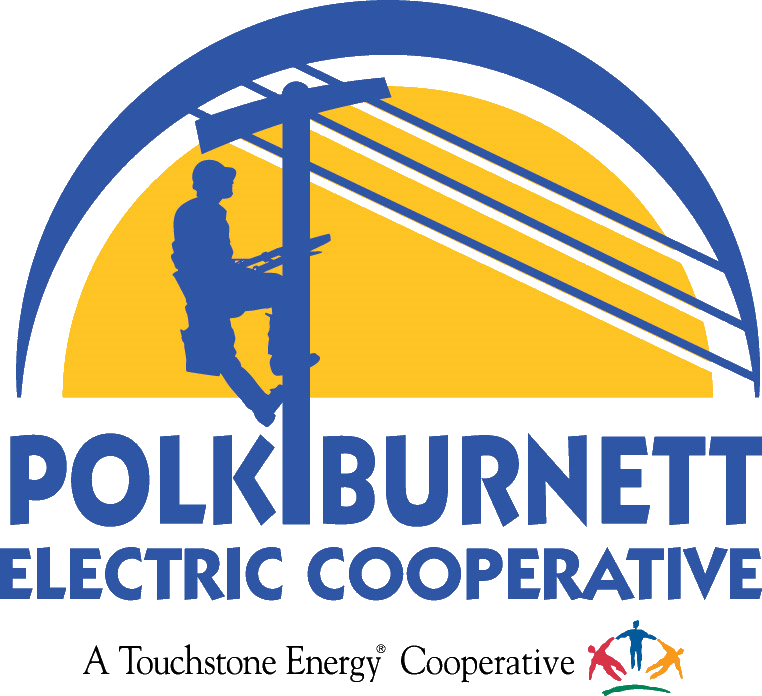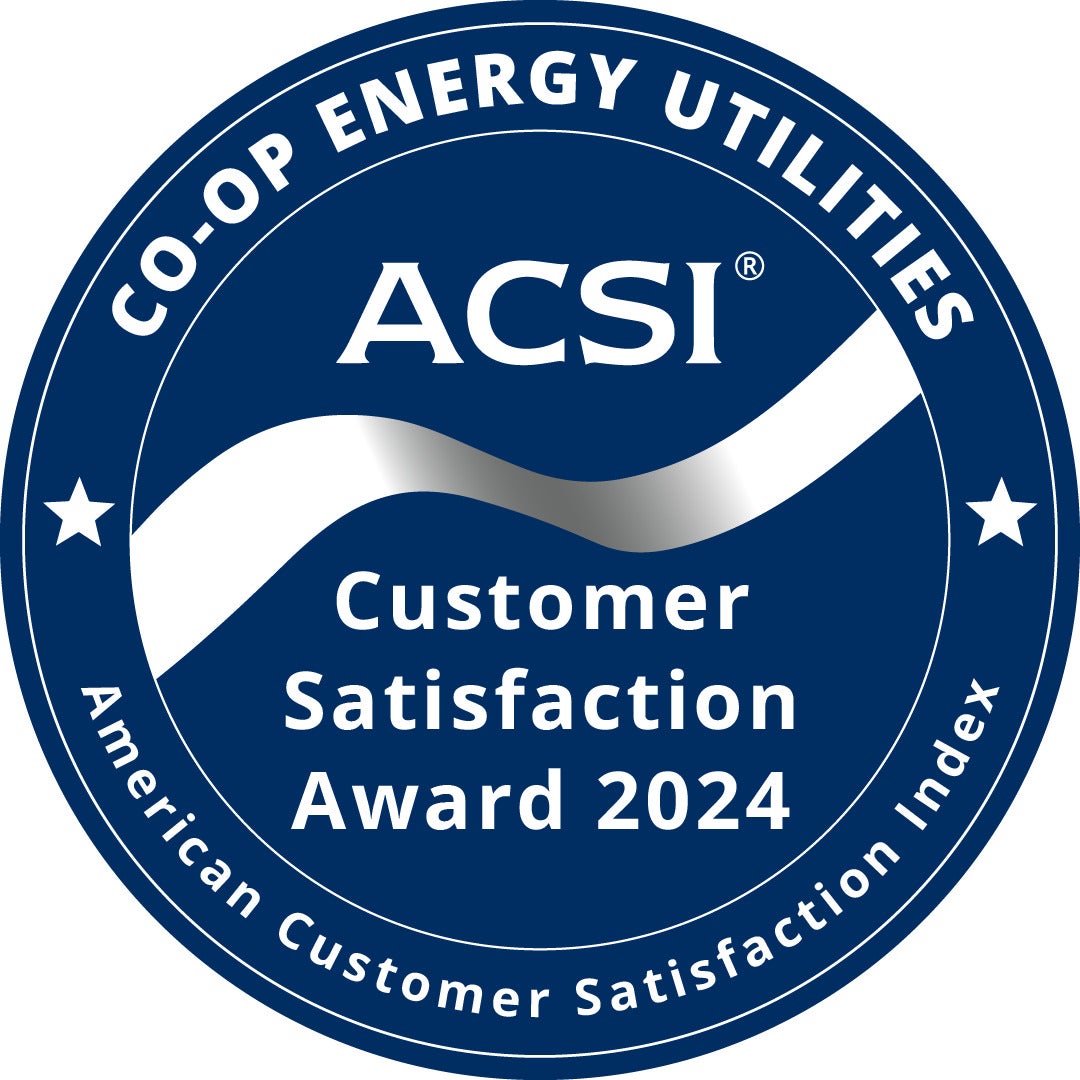High electric bill? Learn what you can do to lower your electricity use and cost
Use Energy Wisely Guide
101 Ways to Save
Track Electricity on SmartHub
The best way to lower your electricity bill is to lower your electricity use.
This begins with knowing how much electricity you use each month and where it is being used in your home. Taking charge of your electric bill involves learning how to read your meter and tracking your electricity use. This information puts you in control, just like you control other household expenses.
Take a few moments to consider the situations below about your electricity use and cost.
Or give our member services team a call. We’re here to help!
800-421-0283, ext. 595
Energy costs in the situations below are estimates from the 2020 Use Energy Wisely Guide. Energy costs vary by household, family size, age and efficiency of appliances, etc.
FACT: There is a direct relationship between the number of people living in a home and the amount of energy that is used. That’s especially true if you have teenagers at home. In addition, if friends and relatives are visiting, you can expect to use more energy for cooking, baking, laundry and hot water.
FACT: About 15% of the energy used in the average Midwest home is for water heating.
- When you take a bath, do you use hot water sparingly or is the tub completely full?
- Do you take short showers or stay in the shower until the water gets cold?
- Do you have leaky faucets, with hot water dripping down the drain?
- Do you operate your dish washer and clothes washer with full loads or whenever it’s convenient?
FACT: About 28% of the energy used in the average Midwest home is for appliances, electronics and lighting.
- Do you turn off the lights when you leave a room?
- Are your appliances Energy Star rated?
- Does the television entertain your family or do you leave it on to entertain an empty room?
- Do you use an oven to re-heat food or do you use the microwave whenever you can?
FACT: These devices add comfort and convenience to our lives, but they use a large amount of electricity.
- A 1,500-watt space heater adds about $36 per month to your electric bill, when used 8 hours a day. If heater runs 24-hours a day, that's $108 per month.
- A dehumidifier costs about $25 per month, when it runs 12 hours per day.
- An electric dryer adds about $10 per month to your electric bill for 20 loads.
- A hot tub costs about $45 per month, when running 24 hours a day.
FACT: These electronics are called energy vampires because they use energy even when they are turned off. An estimated 10% of the electricity used in American homes every month powers energy vampires. Pull the plug on these electronics when not in use. If a device has an indicator light or clock that stays on, even when it’s turned off, it’s drawing power. These include computers, printers, gaming consoles and audio equipment. Chargers for cell phones, tablets and laptops use energy, even when they’re not charging!
FACT: Cooling your home is a large part of your monthly energy use. Central air uses 100 to 750 kWh of electricity a month. The cost for this comfort adds $10 to $90 to your electric bill per month, depending on unit age and efficiency, and how long it runs. A window unit will add about $45 per month. This varies from household to household, depending on location and insulation levels of your home, the efficiency of the unit and how long you run your AC.
You can increase the efficiency of your AC system by replacing filters monthly. Also, pull the shades to block direct sunlight and radiant heat, and seal air leaks to keep heat from entering your home.
Fans are a great way to stay cool, but remember to turn them off when leaving the room. Fans cool people, not rooms!
FACT: Your electric bill reflects the amount of electricity used by you and your family in your home.
- Does your neighbor have fewer people living in and visiting the home?
- Is the neighbor’s house smaller? Newer? Better insulated? Does it have new windows and doors?
- How much hot water does your neighbor use? And what about your neighbor’s use of appliances and lighting?
- What is your thermostat setting in summer and winter, compared to your neighbor?
Remember: Most stoves that burn wood, gas, corn, pellets and other fuels for primary and back-up heat depend on electricity to operate pumps and fans to distribute heat.
Remember, your electric bill may be higher because:
1. Holiday entertaining involves extra cooking and baking, which requires extra energy.
Don’t peek! Opening oven door can lower temp by 25° and causes oven to use more energy.
2. Holiday guests use more hot water for showers, laundry and dish washing.
Run only full loads in the dishwasher or better yet, wash and dry by hand to conserve energy.
3. Holiday lights and decorations use electricity. Switch to energy-efficient LEDs.
4. Shorter days and longer nights mean lights stay on longer, both inside and out.
5. Space heaters are often used in garages, basements and rooms for extra warmth.
We recommend Kill-A-Watt electricity monitors
Just plug your appliances into a Kill-A-Watt monitor and the device will count the appliance’s kilowatt-hour electricity use. (Read Kill-A-Watt monitor owner's manual for maximum current draw that can be plugged into monitor.)
When you know how many kilowatts the appliance is using, you can calculate the appliance cost by the day, week, month or year.
Electricity monitors cost about $20 and can be purchased at home and hardware stores.
For assistance, call our member services department. We’re happy to help, 800-421-0283.
You can also find a list of appliances and their kWh energy costs in our Use Energy Wisely Guide.

Check out our Use Energy Wisely Guide for more details and call your local electric cooperative, 800-421-0283, ext. 595.
We’re here to help!
See more resources for co-op members below.

